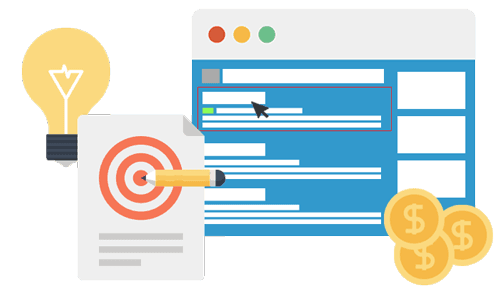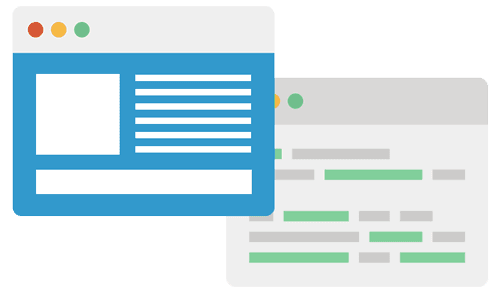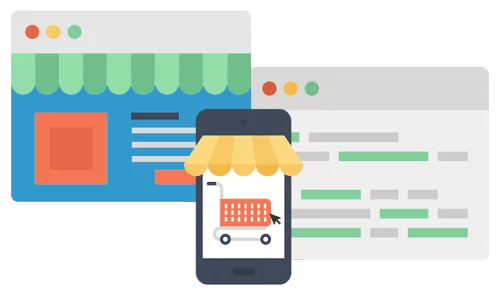Simple as it may seem, an email address is composed of several elements. So when you see “person@mydomain.com”, there are a couple of things you should know about them.
Evidently, the thing that pops up the most is the “@” character dividing the email in two sections. You don’t have an email address without it. The left section is the user name (“person”) and the right is the domain name, “mydomain.com” in the example above. Let’s review them.
Part 1: The Domain Name
In the internet, domains are structured in a hierarchical system. The top-level is the last part of every domain, for example, the “.com”, “.ca”, .”org” after the domain name.
Under such top-level domains (or extensions as some people call them), the user (you) gets to choose their domain name, in our email example above is the “mydomain” part before the “.com”. In our website, it is the “searchengineop” part of our domain name.
To choose what comes after the “@” symbol, you have to purchase a domain name (mydomain.com). You can only use domains you own and control for your emails. So if you buy “mydomain.com” your emails have to be “@mydomain.com” and they can’t be “@md.com” or anything else. For that you would need to buy that domain itself.
The last point is important because we have had people ask us to buy a domain, then expect to be able to create a short version of it for emails without purchasing the actual short version domain. You must buy the domain you intend to use for email, so when buying a domain name you should consider what you want your emails to be.
Part 2: The User Name
This is the easy to customize part of the email. As opposed to having to register like in the domain portion, this can be created with absolute freedom as long as you own your domain (the right part of the email account). The user name is to the left of the “@” sign. This is the actual person/contact under the domain. An email is literally read as “person at mydomain.com” and it means exactly that, you are trying to send a message to someone identified as “person” that has an email address in “mydomain.com”.
Either your webmaster or whoever manages your domain and hosting (if not you) can create the email accounts. When as a business you buy domain and hosting, you can always create email accounts with your domain with the structure and names you want.
There is however, one small exception to the freedom. The characters you can use are defined by the internet standard document RFC 2822.
Characters Allowed in Email an Address
Because the standard can be quite complicated and is in technical terms, that most normal users don’t care about, we can summarize what characters you can and should use for creating your emails like this; Only use lower case characters, numbers, underscore, hyphen and full stop/period to create your email user name.
Can you use other characters? Yes you can, but there are several characters that are not allowed and by experimenting you may create a bigger problem than you expect. For example, it is technically possible to create email user names with “!” or “#” but some hosting services do not allow it. In other cases, the receiving server may not accept emails from accounts with those characters, so you will be able to create the address and send emails, but people will not receive them because their servers block email addresses with those characters. If you are running a business, definitively stay within the common characters mentioned above, people will remember them easier and there will be less trouble with emails getting lost.


 Ads & Digital Marketing
Ads & Digital Marketing Website Design
Website Design eCommerce Websites
eCommerce Websites